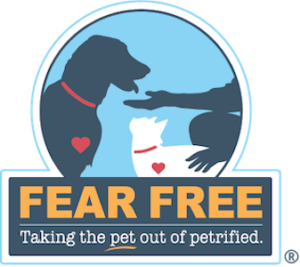Heather E. Lewis
Noise is a notorious problem in shelters. When we reduce noise in shelters, we also moderate factors that cause fear, anxiety, and stress. Controlling noise is both an art and a science. Here are some helpful tips:
- Create a calm environment and reduce mental stress. Because dogs cause the noise, it is important to ease dogs’ mental stress, so they feel less prone to barking. Regular exercise, outside time, supervised play groups, and walks help them to use their energy in positive ways. Creating feeding, cleaning, and bedtime routines in the shelter whenever possible so dogs know what to expect can also reduce their stress. Limit unpleasant stimulation as much as you can given your means. For example, for some dogs with barrier anxiety, it can be helpful to place a partial barrier on the fronts of their runs, so they have a choice of retreating from visual stimulation. And although it is sound, specially composed calming music may help to relax dogs and promote less barking. When played at low volume, it is meant to create calm rather than to mask noise.
- Reduce the reverberation. Once you have done everything you can to lower stress through behavioral means, this is when building materials become more effective. Your best place for noise reduction is the ceiling! Choose a ceiling material with a high Noise Reduction Coefficient (NRC). The material should also be cleanable and antimicrobial. This is not impossible, as ceiling materials have improved. We like the Rockfon Medical Plus ceiling panel. This product achieves an NRC of .9, which means that 90 percent of reverberant noise within a tested frequency range is absorbed by the material.
- Absorb the sound. In addition to the ceiling, you can place sound-absorbing panels high on the wall to reduce noise in the space. Please note that these sound panels are not enough on their own; they must be paired with the ceiling. Choose a panel with a high NRC and choose the thickest product offered as this one will absorb noise in a broader frequency range. Sound-absorbing panels do not need to be ugly! We use products that can be printed with a photo or image for a custom look.
- Contain the noise. Beyond absorbing noise, it is also important to prevent it from affecting other shelter occupants, especially cats. We do this by ensuring that rooms containing dogs also contain the noise. The best way to do this is to build a wall with heavy mass (concrete block, etc.) around the dog housing. You can achieve the same result by layering materials. For example, a stud wall with sound insulation and two layers of drywall on each side will be much better than a stud wall without those materials. Keep in mind that a sound wall is only as good as its weakest point. To design an effective sound wall, do the following:
- Build the wall up to the structure, so no sound “flanks” over the top of the wall.
- Seal penetrations through the wall, such as duct and conduit penetrations.
- Install gasketing around doors into the room, and a sweep on the bottom of the door.
- If there are windows into the room, provide double glazing in the windows.
- Separate dogs from other spaces. Despite doing the above, dogs are still loud. We recommend having more than one wall between dogs and cat spaces, or dogs and other quiet spaces such as offices. If the cats are right next to the dogs in your shelter, consider moving them to another room in the building, if possible.
- Mask the noise. As a last resort, you can use masking noise to make your shelter feel more pleasant. An example of masking noise is soft white noise. While these sounds can be effective, we put this at the bottom of the list to encourage you to truly solve your noise problems first.
Your shelter does not have to be noisy! With a multifaceted and rigorous approach that begins with reduction of mental stress for dogs, you can create a much more peaceful, Fear Free place for animals and people.
This article was reviewed/edited by board-certified veterinary behaviorist Dr. Kenneth Martin and/or veterinary technician specialist in behavior Debbie Martin, LVT.




